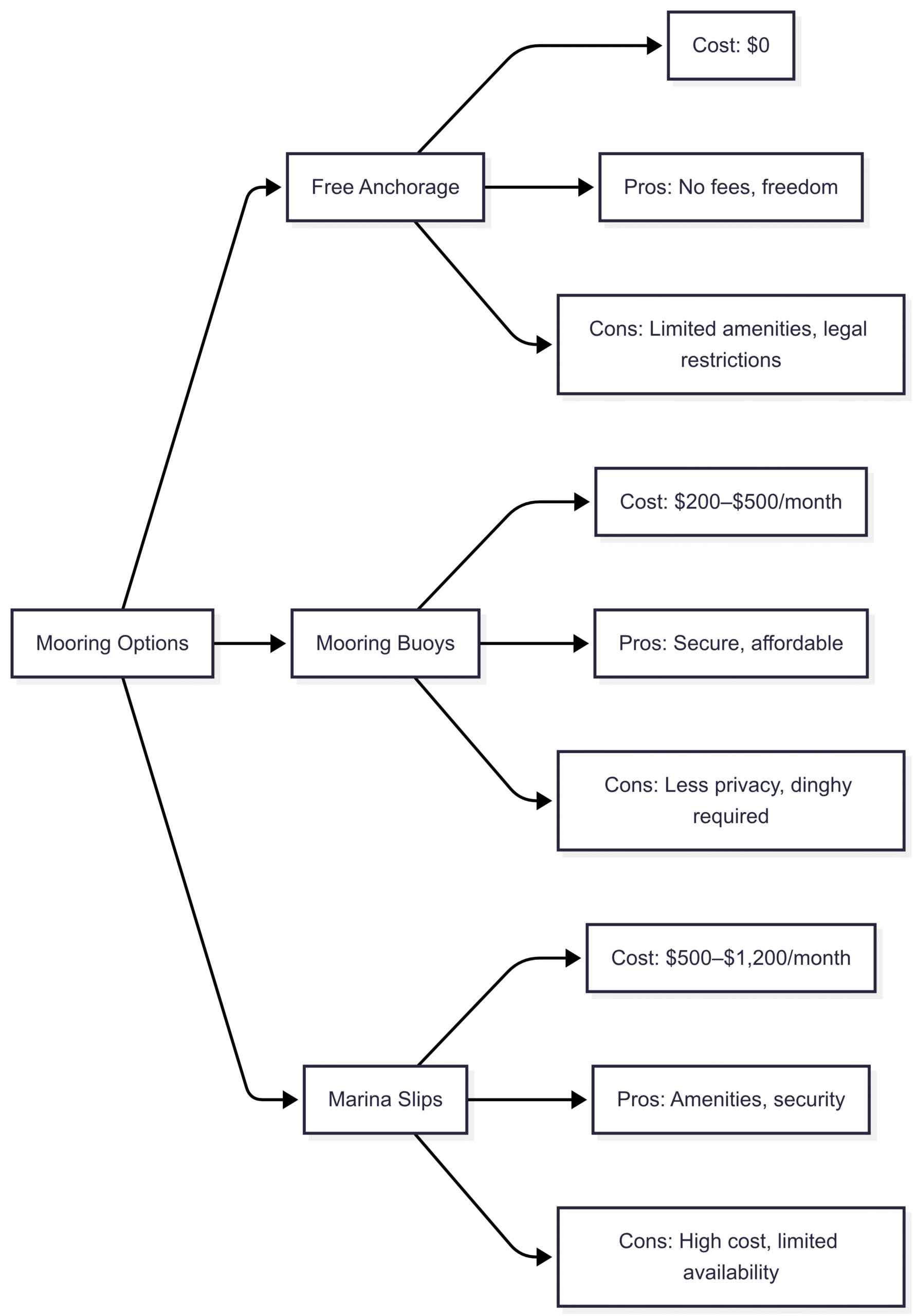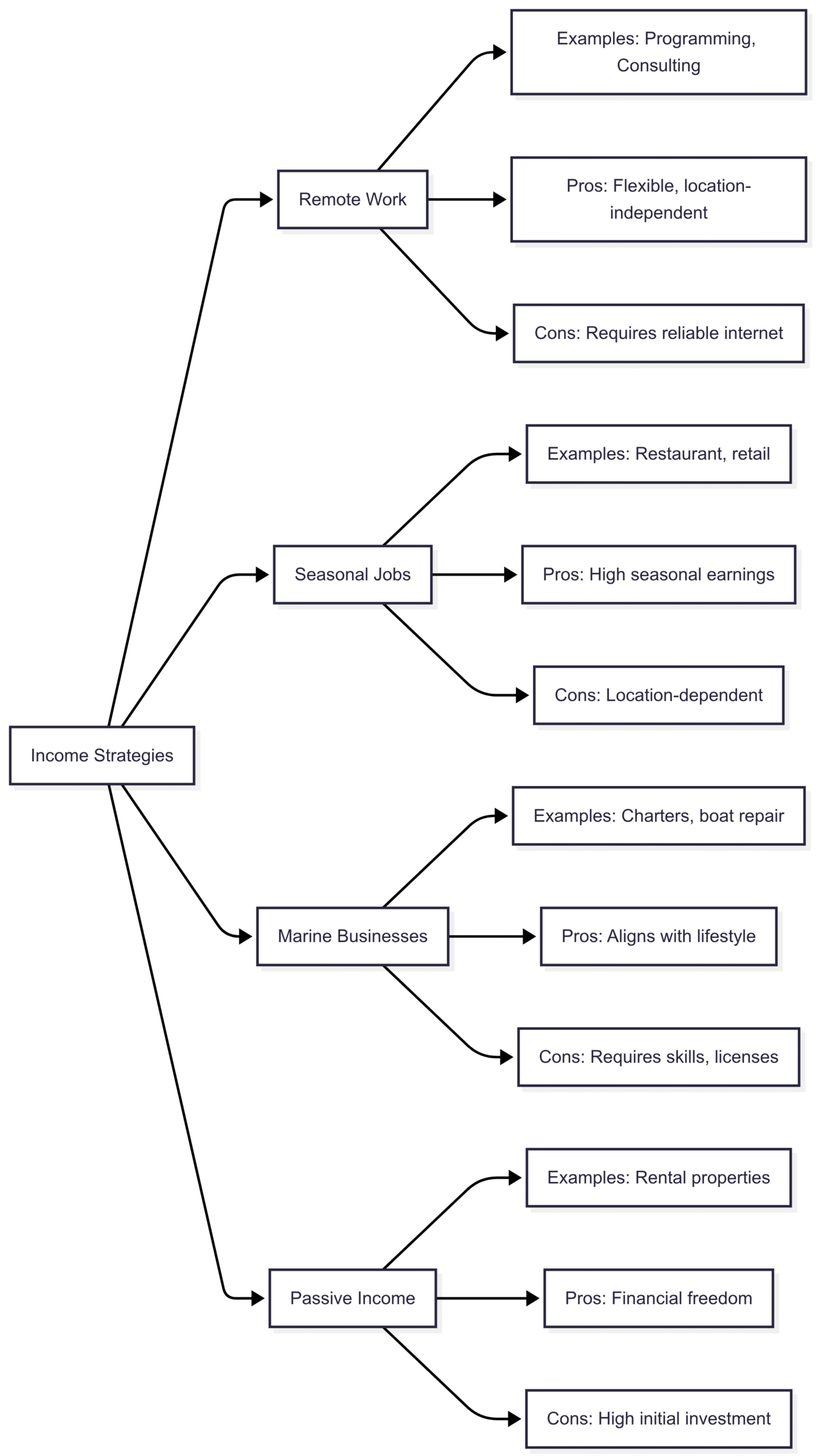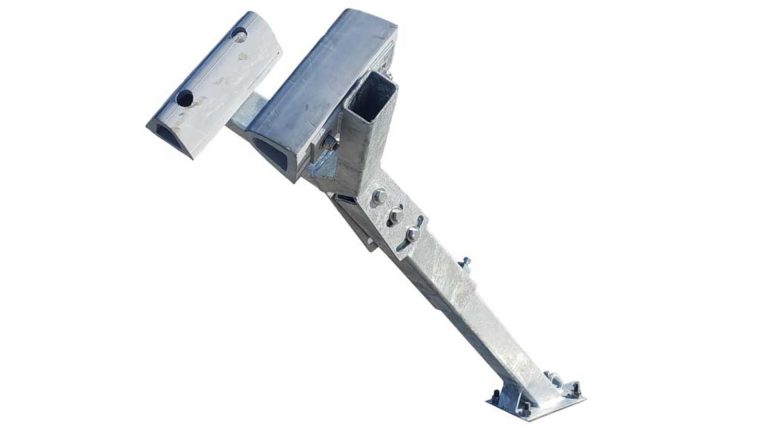How you can afford to live under the sail?
Discover how to afford living on a boat with practical tips, cost breakdowns, and strategies to make the liveaboard lifestyle accessible on a budget.
Living on a boat, surrounded by the rhythm of the waves and the freedom of the open water, is a dream for many. However, the perception that this lifestyle is reserved for the wealthy often discourages aspiring liveaboards. The reality is that with careful planning, resourcefulness, and a willingness to embrace a minimalist lifestyle, living on a boat can be surprisingly affordable—often cheaper than traditional land-based housing. This guide explores practical strategies to make the liveaboard lifestyle financially feasible, covering boat acquisition, mooring options, income sources, legal considerations, and essential skills. Whether you’re a young adventurer with limited savings or someone seeking a simpler life, this article will show you how to afford living under the sail.
Understanding the Costs of Living on a Boat
To live affordably on a boat, you must first understand the primary costs involved. These include the initial purchase of the vessel, ongoing maintenance, mooring or anchorage fees, insurance, utilities, and living expenses like food and internet. Unlike land-based housing, where costs like rent or mortgage payments dominate, boat living allows for flexibility in managing expenses through strategic choices.
Boat Acquisition: Finding an Affordable Vessel
The upfront cost of purchasing a boat is often the biggest hurdle. However, you don’t need a million-dollar yacht to live aboard. The used boat market offers many seaworthy vessels at budget-friendly prices, especially for those willing to invest time in maintenance.
- Budget Boats (Under $15,000): Boats in the 26-34 foot range, such as a Pearson 30, Catalina 27, or Cheoy Lee Frisco Flyer, can be found for $4,000–$15,000. These older vessels (often 20–30 years old) may require cosmetic or minor mechanical work but can be livable with some elbow grease. For example, a Reddit user shared their experience buying a functional Catalina 30 for $10,000, living aboard for 18 months, and selling it for $12,000, effectively minimizing their housing costs.
- Mid-Range Boats ($15,000–$50,000): Vessels like a Pearson 35 or Downeaster 38 offer more space and seaworthiness for coastal or offshore cruising. A user on a sailing forum purchased a Pearson 35 for under $20,000, complete with a teak interior, multiple sails, and a reliable diesel engine.
- Fixer-Uppers: Derelict or abandoned boats can sometimes be acquired for free or very low cost, but they come with risks, including legal issues and significant repair costs. A sailor recounted restoring a $2,000 boat with no engine, describing the experience as challenging but rewarding.
Table 1: Sample Boat Costs and Specifications
| Boat Model | Price Range | Length | Key Features | Maintenance Needs |
|---|---|---|---|---|
| Catalina 27 | $4,000–$10,000 | 27 ft | Simple layout, single berth | Sails, rigging, cosmetics |
| Pearson 30 | $7,000–$15,000 | 30 ft | Spacious cabin, reliable hull | Engine, electrical systems |
| Downeaster 38 Cutter | $15,000–$30,000 | 38 ft | Offshore capable, full keel | Sails, rigging, woodwork |
Tip: Focus on boats under 34 feet to keep maintenance and mooring costs low. Always have a professional survey the boat before purchase to avoid costly surprises.
Mooring and Anchorage: Minimizing Docking Costs
Where you keep your boat significantly impacts your budget. Options range from free anchorage to expensive marina slips, each with trade-offs in convenience, safety, and amenities.
- Free Anchorage: Anchoring in designated areas is often free, particularly in less-regulated regions like parts of the Bahamas or certain U.S. coastal areas. However, you must comply with local regulations, which may limit how long you can stay (e.g., 4 days per month in some harbors). A Reddit user described “harbor hopping” along the California coast, moving between anchorages every 30 days to live rent-free.
- Mooring Buoys: Mooring fields offer a middle ground, with fees typically ranging from $200–$500 per month. For example, a liveaboard in Florida paid $500/month for a mooring ball, significantly less than the $1,500/month for a downtown apartment.
- Marina Slips: Marina fees vary widely by location. In affordable areas like the Florida Panhandle, slips can cost $200–$500/month, while high-cost areas like San Diego may charge $800–$1,200/month for a 39-foot boat, plus liveaboard fees ($100–$300). Working for a marina, such as performing maintenance or dockhand duties, can reduce or eliminate these costs.
- Seasonal Strategies: Some liveaboards anchor out during summer and secure cheaper winter moorage in smaller marinas or seasonal resorts, as one user did for seven years.
Chart: Mooring Options Comparison

Ongoing Expenses: Maintenance, Insurance, and Utilities
Boats require regular upkeep, and unexpected repairs can strain a budget. However, learning to handle maintenance yourself can significantly reduce costs.
- Maintenance: A common rule is to budget 10% of the boat’s purchase price annually for maintenance. For a $10,000 boat, expect $1,000/year for tasks like bottom painting, sail repairs, and engine maintenance. A liveaboard couple reported spending $1,000–$2,000/year on their Downeaster 38 by doing most repairs themselves.
- Insurance: Basic liability insurance costs $200–$500/year for smaller boats, while full coverage for liveaboards can range from $800–$2,000/year, depending on the vessel’s value and cruising range.
- Utilities: Electricity, water, and waste management are critical. Solar panels and a composting toilet can minimize costs. A watermaker, costing $1,000–$3,000, can eliminate the need to purchase drinking water. Starlink internet, essential for remote work, costs around $100/month.
- Living Expenses: Food budgets vary, but frugal liveaboards report spending $300–$750/month for two people by shopping sales and avoiding eating out. One couple detailed a $750/month food budget, including meat, homemade bread, and beer, while another lived on $125/month by minimizing meat and snacks.
Table 2: Estimated Monthly Liveaboard Costs
| Category | Low-End ($/month) | High-End ($/month) |
|---|---|---|
| Mooring/Anchorage | $0 (anchoring) | $1,200 (marina) |
| Maintenance | $50 | $200 |
| Insurance | $20 | $150 |
| Utilities (water, power, internet) | $50 | $200 |
| Food | $150 | $750 |
| Total | $270 | $2,500 |
Income Strategies for Liveaboards
Living on a boat doesn’t mean abandoning work. Many liveaboards maintain incomes through remote work, seasonal jobs, or marine-related skills, allowing them to sail while covering expenses.
- Remote Work: With reliable internet (e.g., Starlink), remote jobs in fields like programming, consulting, or content creation are viable. A liveaboard couple in French Polynesia worked part-time remotely, earning enough to replenish savings while sailing. Freelancing offers flexibility, with some working 1–2 days a week to fund 5 days of sailing.
- Seasonal or Local Jobs: Liveaboards often work seasonally in tourist areas. One sailor’s son earned significant income working 3 months in Maine and 3 months in Florida at restaurants. Others pick up jobs in marinas (e.g., diesel mechanics, sail repair) or local businesses like liquor stores.
- Marine-Related Businesses: With a captain’s license, you can offer charters or delivery services. However, obtaining a U.S. Coast Guard Six-Pack license requires significant experience and training, making it a long-term goal for a 22-year-old with limited savings.
- Passive Income: Some liveaboards invest in rental properties to generate passive income, allowing them to sail for extended periods. One user suggested owning 5–10 properties to cover costs, though this requires significant upfront capital.
Chart: Income Options for Liveaboards

Legal and Practical Considerations
Living on a boat comes with legal and logistical challenges that must be addressed to ensure safety and compliance.
- Legal Requirements: Register your boat with the U.S. Coast Guard or local authorities, costing $50–$200/year. Safety equipment (flares, life jackets, fire extinguishers) is mandatory and costs $100–$500 initially. Check local regulations for liveaboard permits, as some marinas limit the number of liveaboard slips.
- Insurance: Full-time liveaboards need comprehensive insurance, especially if cruising internationally. A broker specializing in cruisers (e.g., Lands End Insurance) can help find affordable plans.
- Utilities and Logistics: Invest in waterproof storage, a composting toilet, and solar panels to reduce reliance on marina utilities. A dinghy (with a lock to prevent theft) is essential for getting ashore when anchoring. A P.O. Box or marina address handles mail.
- Safety and Skills: Basic navigation, maintenance, and emergency decision-making skills are crucial. Beginners should start with small boats and weekend trips to build experience. Don Casey’s Sailboat Maintenance Manual is a recommended resource.
Case Studies: Real Liveaboard Experiences
To illustrate the feasibility of affordable boat living, here are two real-world examples:
- Frugal Couple in French Polynesia (Downeaster 38, $1,000/month): This couple restored a 1975 Downeaster 38, purchased for $15,000, and spent years living at anchor in exotic locations like the Bahamas and French Polynesia. Their monthly expenses averaged $1,000, covering food, internet, health insurance, and maintenance. They lived off savings initially and now work part-time remotely via Starlink.
- Young Liveaboard in Florida (Catalina 30, $700/month): A 20-something sailor bought a Catalina 30 for $10,000 and lived on a $500/month mooring in Florida. By biking to a nearby grocery store and doing their own maintenance, they kept total expenses under $700/month while working a remote job.
Budgeting for the Liveaboard Lifestyle
For a 22-year-old with $30,000 in savings, like the Reddit user who inspired this discussion, living on a boat is achievable with careful planning. Here’s a sample budget for a single person:
- Boat Purchase: $10,000 (Catalina 27, used)
- Initial Repairs: $5,000 (sails, rigging, cosmetics)
- Monthly Expenses: $600 (mooring: $300, food: $200, maintenance: $50, insurance: $50)
- Annual Total (excluding boat purchase): $7,200
- Savings Duration: With $15,000 left after purchase and repairs, savings would last ~2 years without income.
To extend this timeline, the individual could work remotely or take seasonal jobs, potentially covering all expenses while saving for future repairs or upgrades.
Tips for Aspiring Liveaboards
- Start Small: Begin with a 26–30 foot boat to minimize costs and learn maintenance skills. Avoid high-cost vessels ($50,000+) until you’re experienced.
- Learn DIY Maintenance: Tasks like sanding, varnishing, and basic engine repairs can save thousands annually. YouTube tutorials and manuals are valuable resources.
- Embrace Minimalism: Live frugally by cooking simple meals, avoiding eating out, and limiting unnecessary purchases. One liveaboard survived on rice, beans, and box wine to keep costs low.
- Test the Lifestyle: Spend weekends or short trips on a boat before committing full-time. This helps you understand storage, humidity, and daily challenges.
- Build a Skillset: Develop skills like navigation, sail repair, or remote freelancing to support the lifestyle long-term.
Conclusion: Making the Liveaboard Dream a Reality
Living on a boat doesn’t require vast wealth, but it demands resourcefulness, planning, and a willingness to embrace challenges. By choosing an affordable boat, leveraging free or low-cost mooring options, and maintaining an income through remote or seasonal work, you can achieve this lifestyle on a modest budget. For a young person with $30,000 in savings, it’s entirely possible to live aboard for 1–2 years without income, and with a part-time job, the dream can be sustained indefinitely. The key is to start small, learn essential skills, and prioritize experiences over luxury. With the right approach, living under the sail can be an affordable, adventurous, and deeply rewarding way of life.
Happy Boating!
Share How you can afford to live under the sail? with your friends and leave a comment below with your thoughts.
Read How to Learn to Sail: Ultimate Step-By-Step Guide until we meet in the next article.






